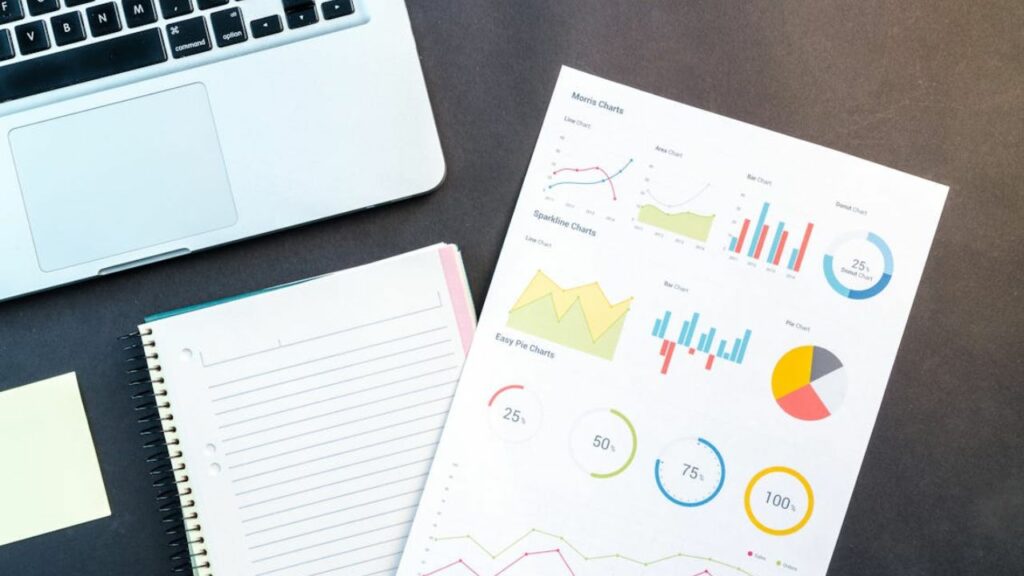
Custom packaging plays a significant role in brand success. It’s not just about wrapping a product; it’s about creating an experience for the customer. In this article, we will explore how to measure brand success through custom packaging.
We’ll look at key metrics and essential tools to help you track and improve your packaging strategy.
Understanding Custom Packaging

Custom packaging means designing packaging that reflects your brand’s identity. It involves choosing colors, materials, and designs that make your product stand out. But how do you know if your custom packaging is successful? Let’s dive into the key metrics and tools that can help.
Key Metrics for Measuring Success
Brand Recognition
Brand recognition is about how easily people can identify your brand by its packaging. It’s important because it helps your product stand out in a crowded market. Here’s how you can measure it:
- Surveys: Create simple surveys asking customers if they can recognize your brand by looking at the packaging. You can distribute these surveys via email or social media.
- Social Media Polls: Use platforms like Instagram, Twitter, and Facebook to create polls. Ask your followers if they can identify your brand just by seeing the packaging. This not only gives you data but also engages your audience.
- Focus Groups: Organize focus groups where participants can interact with your packaging and provide feedback. This allows for more in-depth insights.
- Brand Awareness Studies: Conduct studies to see how well-known your brand is among the general public. You can hire market research firms to do this.
Brand recognition is a critical metric because it directly impacts customer loyalty. When people can easily recognize your brand, they are more likely to purchase your products. It also helps in building trust and a strong brand image.
To improve brand recognition, focus on creating unique and consistent packaging. Use colors, fonts, and designs that are distinctly yours. Ensure that your packaging tells your brand’s story and values. The more recognizable your packaging is, the easier it is for customers to pick your product off the shelf.
Customer Feedback

Customer feedback is crucial in understanding how your packaging is perceived. It provides direct insights into what customers think about your packaging. Here’s how you can gather and analyze customer feedback effectively:
- Online Reviews: Encourage customers to leave reviews about your packaging on e-commerce platforms and review sites. Pay close attention to recurring comments about the packaging.
- Surveys and Questionnaires: Send out surveys and questionnaires to your customers asking specific questions about your packaging. Make the questions clear and easy to answer.
- Customer Service Interactions: Train your customer service team to ask customers about their thoughts on your packaging during interactions. This can be done via phone calls, chat support, or emails.
- Social Media Listening: Monitor social media platforms for mentions of your packaging. Look for both positive and negative feedback and engage with customers to show that you value their opinions.
- Product Return Reasons: Analyze the reasons customers give for returning products. Packaging-related issues, such as damage during shipping or difficulty in opening, can provide valuable feedback.
Customer feedback helps you understand what is working and what needs improvement. For example, if multiple customers mention that your packaging is difficult to open, you can work on designing more user-friendly packaging. Positive feedback can also be used in marketing materials to highlight the strengths of your packaging.
Addressing customer feedback shows that you care about their experience and are willing to make changes to improve it. This can lead to increased customer satisfaction and loyalty.
Sales Performance

Sales performance is a clear indicator of how well your packaging is working. It directly impacts your bottom line, so it’s essential to track and analyze sales data. Here’s how you can do it:
- Sales Analytics Tools: Use sales analytics tools to monitor your sales data regularly. These tools can provide insights into how your packaging changes are affecting sales.
- Before and After Analysis: Compare sales data from before and after you changed your packaging design. Look for significant increases or decreases in sales to determine the impact.
- Sales by Region: Analyze sales data by region to see if there are any geographic differences in how your packaging is received. This can help you tailor your packaging to different markets.
- Product Line Performance: Track the performance of different product lines to see if certain packaging designs are more successful than others. This can help you make informed decisions about which designs to use for different products.
- Promotional Campaigns: Evaluate the impact of promotional campaigns that highlight your packaging. Measure the sales boost during and after the campaign to assess its effectiveness.
Sales performance is a direct measure of the success of your packaging. If your new packaging design leads to a significant increase in sales, it’s a strong indicator that the design is resonating with customers. Conversely, a decrease in sales may suggest that the packaging is not appealing or functional.
Using sales data, you can make informed decisions about your packaging strategy. If a particular design is not performing well, you can experiment with different designs and track the results. Continuously monitoring and analyzing sales performance helps you stay agile and responsive to customer preferences.
Return Rates
Return rates are an important metric to track because they can signal issues with your packaging. High return rates can indicate that something is wrong, such as the product getting damaged during shipping or the packaging not meeting customer expectations. Here’s how you can monitor and address return rates:
- Return Data Analysis: Analyze return data to identify trends and patterns. Look for common reasons customers give for returning products, especially those related to packaging.
- Quality Control Checks: Implement strict quality control checks to ensure that your packaging is sturdy and secure. This can help reduce the number of returns due to damage during shipping.
- Customer Feedback: Collect feedback from customers who return products to understand their reasons. Use this feedback to make necessary improvements to your packaging.
- Shipping Tests: Conduct shipping tests to see how your packaging holds up during transit. This can help you identify potential weaknesses and make improvements before the product reaches customers.
- Packaging Redesign: If return rates are consistently high, consider redesigning your packaging. Focus on making it more durable and user-friendly to reduce the likelihood of returns.
Return rates are a valuable metric because they highlight potential issues that might not be immediately apparent. For example, if customers frequently return products because the packaging is difficult to open, it can negatively impact their experience and lead to lost sales.
By monitoring return rates and making improvements based on the data, you can enhance the overall customer experience. This can lead to higher customer satisfaction, lower return rates, and ultimately, increased sales and profitability.
Social Media Engagement

Social media is a powerful tool for gauging customer sentiment and engagement with your packaging. It allows you to see how customers interact with and perceive your packaging in real-time. Here’s how you can measure social media engagement:
- Likes, Comments, and Shares: Track the number of likes, comments, and shares your posts receive when you feature your packaging. High engagement levels indicate that your packaging is resonating with your audience.
- User-Generated Content: Encourage customers to share photos and videos of your packaging on social media. Monitor hashtags and mentions to see how often customers are sharing content related to your packaging.
- Influencer Partnerships: Collaborate with influencers to showcase your packaging. Track the engagement metrics from these collaborations to see how their followers respond.
- Social Media Analytics Tools: Use social media analytics tools to monitor engagement metrics. These tools can provide insights into which posts are performing well and why.
- Sentiment Analysis: Conduct sentiment analysis to understand the overall tone of the conversations about your packaging. Look for positive, neutral, and negative sentiments to get a comprehensive view.
Social media engagement is a valuable metric because it provides real-time feedback on your packaging. Positive engagement, such as likes and shares, indicates that customers find your packaging appealing. User-generated content and influencer partnerships can amplify your reach and create a sense of community around your brand.
By actively engaging with customers on social media and encouraging them to share their experiences, you can build a strong connection with your audience. This not only enhances brand loyalty but also provides valuable insights into what customers love about your packaging and where there might be room for improvement.
Conclusion
Measuring the success of your custom packaging is crucial for building a strong brand and enhancing customer experience. By tracking key metrics such as brand recognition, customer feedback, sales performance, return rates, and social media engagement, you can gain valuable insights into how your packaging is performing. Use these insights to make informed decisions and continuously improve your packaging strategy.
In today’s competitive market, effective packaging can make a significant difference in your brand’s success. Keep monitoring these metrics and using the right tools to ensure your packaging not only stands out but also delivers a positive customer experience.
